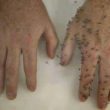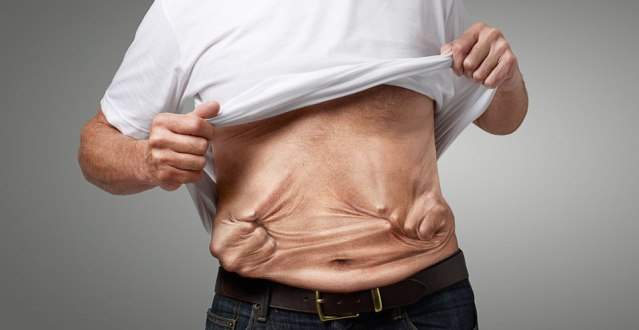Angioedema is the collection of fluid in certain parts of the body, causing the affected areas to swell as well as itch. Just about any part of the body may become affected, but it usually affects the eyes, lips, hands, feet and genitals. While angioedema may sound very much similar to hives, there is a striking difference between these two. In hives, only the skin is affected, but even the mucosa may become swollen when angioedema strikes.
Because even tissues beneath the skin may also be affected, there are instances wherein a bout of angioedema requires immediate medical attention in order to keep the airway open. However, mild cases of angioedema usually require no treatment — it usually goes away on its own without treatment.
Some people suffering with mild angioedema may seek a doctor’s help to get rid of the symptoms. Antihistamines and orally-taken steroids are usually given to have the signs and symptoms like swelling and itching managed. There are also some alternative medicines and home remedies available for angioedema, some of them will be discussed later on. It’s important to note that there is no known cure for angioedema to date.
It’s not uncommon for some people with angioedema to also have hives at the same time. This does not come as a surprise because both angioedema and hives share the same triggers at times. For instance, the consumption of foods that these individuals are allergic to may cause both problems to strike. Pollen, pet dander and latex are also common triggers in some. There are also certain medications known to induce angioedema. Sometimes the exact cause is unknown, such as in the case of idiopathic angioedema.
Below are some dietary and lifestyle changes that angioedema sufferers should bear in mind:
- Avoid known triggers. Steering clear of anything that can cause angioedema to show up is one of the best things that an individual with the condition may do.
- Wear loose clothing out of soft fabrics. Tight clothing made of rough or scratchy fabrics like wool can irritate affected areas of the body, causing the symptoms to worsen.
- Limit physical activity. Exercising and engaging in physical activities that can cause excessive sweating should be stopped momentarily until angioedema subsides.
- Keep stress to a minimum. When angioedema strikes, it is a good idea to avoid as many stressors as possible. Keeping stress levels low can work wonders.
- Stay in the shade. Keeping the skin, most especially swollen and itchy areas, from being touched by direct sunlight can help make a bout of angioedema more bearable.
- Avoid hot showers. It’s definitely a no-no to take a hot shower while angioedema is around as it will only make the symptoms worse.
- Take cold baths. A lot of people with angioedema swear by the relief offered by cold baths. Staying immersed in cold water for several minutes can be very beneficial.
- Add oats or baking soda. For faster relief, the addition of raw oats to cold bathwater may be done. Some people prefer the addition of baking soda.
- Apply cool compresses. Alternatively, cool compresses may be employed to reduce the symptoms. Place bandages or small towels dipped in cold water on affected areas for immediate relief.
- Elevate the legs. In case angioedema is accompanied by lightheadedness, lie down and have the legs elevated to help promote increased blood flow to the head.
- Drink chamomile tea. Chamomile tea is known to help soothe both mind and body, and that’s why it can be really helpful during an angioedema attack.
- Take an OTC antihistamine. If the itching is severe, someone who is suffering from angioedema may take antihistamine that’s available over the counter.













